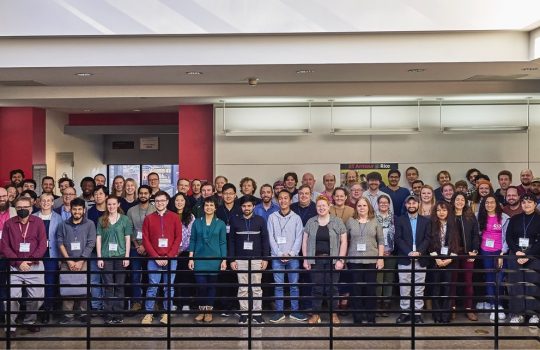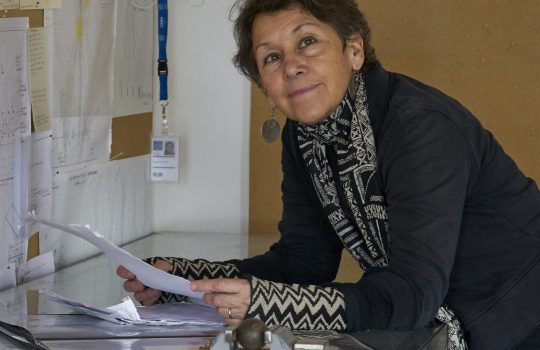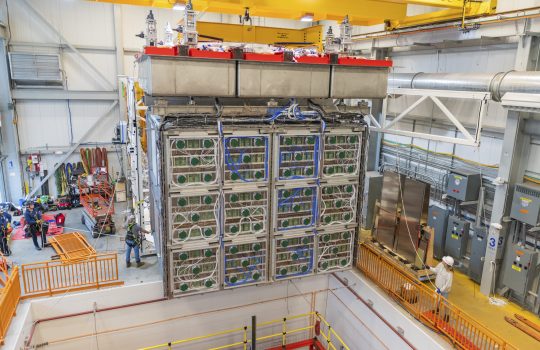DUNE explained
Black Hills Pioneer, July 2024
The Black Hills Pioneer covers what is DUNE and why is it important in a special section covering underground science in the Black Hills region. Starting on page 11, an interview with DUNE Physics Coordinator, Chris Marshall, discusses how the project will work and the science of DUNE.



